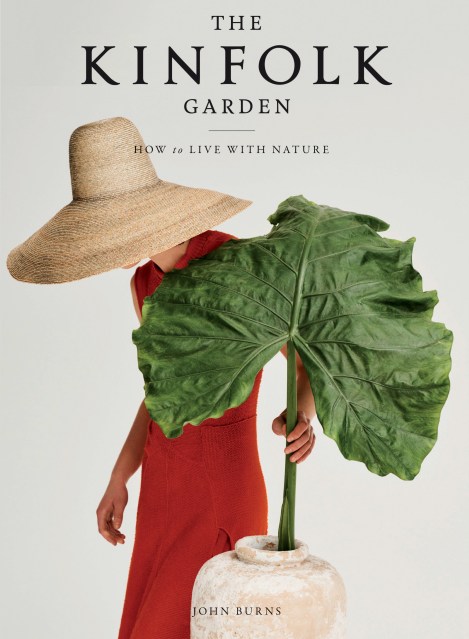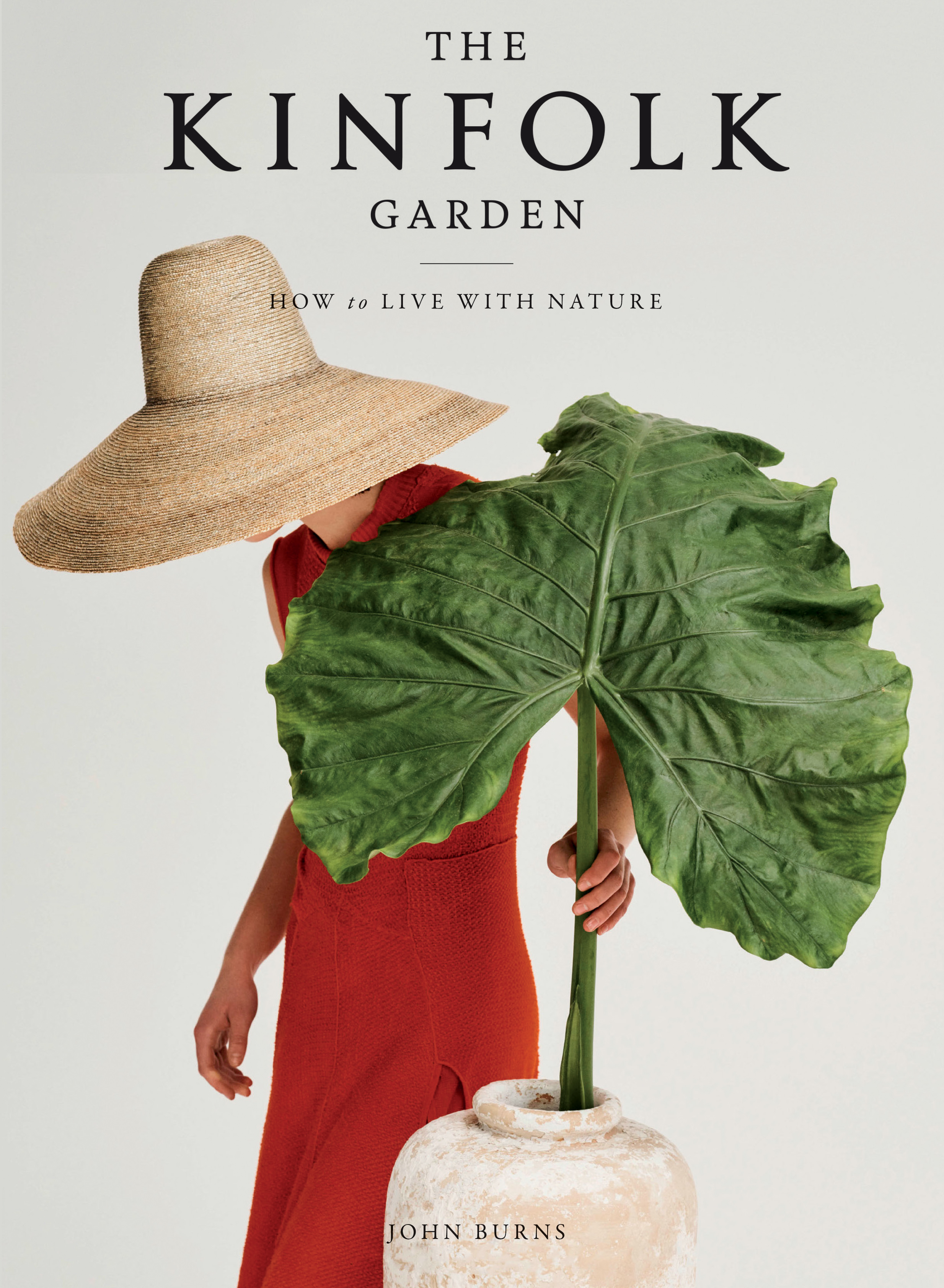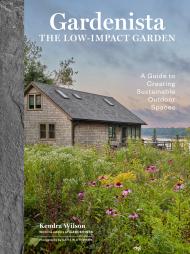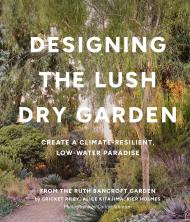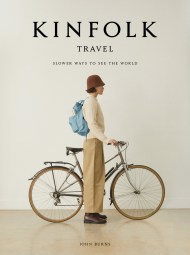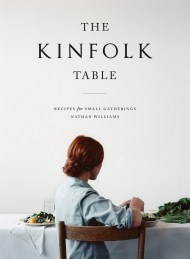Promotion
Use code BEST25 for 25% off storewide. Make sure to order by 11:59am, 12/12 for holiday delivery!
By clicking “Accept,” you agree to the use of cookies and similar technologies on your device as set forth in our Cookie Policy and our Privacy Policy. Please note that certain cookies are essential for this website to function properly and do not require user consent to be deployed.
The Kinfolk Garden
How to Live with Nature
Contributors
By John Burns
Formats and Prices
- On Sale
- Oct 27, 2020
- Page Count
- 352 pages
- Publisher
- Artisan
- ISBN-13
- 9781579659844
Price
$45.00Price
$57.00 CADFormat
Format:
- Hardcover $45.00 $57.00 CAD
- ebook $18.99 $24.99 CAD
This item is a preorder. Your payment method will be charged immediately, and the product is expected to ship on or around October 27, 2020. This date is subject to change due to shipping delays beyond our control.
Buy from Other Retailers:
A gardener with a secret oasis on a Parisian rooftop. An artist making faux flowers to brighten Manhattan apartments. A family of ranchers rewilding the American outback.
Anchored around the idea of nature as nourishment, The Kinfolk Garden explores lush gardens and plantfilled homes around the world and introduces the inspiring people who coax them into bloom. Through visits to friends old and new, the Kinfolk team learns the secrets to a good garden, and what good a garden can do for our self-care, creativity and communities.
Though many of the people we meet along the way champion the idea of following natural instincts rather than a set of prescriptive garden rules, there are practical tips throughout the book that offer advice on everything from growing your own produce to foraging for artful arrangements to simply keeping your houseplants alive a little longer than usual.
The Kinfolk Garden is an invitation to engage with nature—to care for it, create with its beauty and cultivate new relationships around it—and offers inspiration and guidance to anyone looking to bring a little more greenery into their life.
Genre:
Series:
-
“What’s the antithesis of a Zoom meeting? Spending time with a book about plants and the creative people who live alongside them. The latest release from the Copenhagen-based lifestyle brand spans a Southwestern ranch, a Japanese landscape designer’s home, and a curvilinear hideaway built within a Mexican rainforest. There are practical tips for hopeful green thumbs, too.”
—Vanity Fair
“In this gorgeous, aspirational work, Burns, editor-in-chief of Kinfolk magazine, collects ‘stories about nature as nourishment’ along with photographs from homes across the globe to inspire people to bring more nature into their own abodes. Burns organizes the book into three main themes: care, creativity, and community, respectively illustrated by an Italian expat in Tangier whose garden is dedicated to flowers threatened by industrialization, a Tokyo landscape designer who’s filled his glass house with tropicals, and a Beirut-based entrepreneur whose latest enterprise is a guesthouse surrounded by produce gardens. Throughout are sidebars on garden-related tips ranging from the practical (caring for houseplants and selecting vases) to the twee (“how to talk to plants”). The photos, meanwhile, emphasize natural lighting and highlight spaces characterized by rough-hewn wood tables, hand-thrown pottery, handwoven cloth, and rough, pigmented walls. Adding to the aesthetic of understated chic, the featured homeowners usually sport stylish ensembles of chore coats, cashmere, and rumpled linen. Expertly evoking a mood of understated luxury, this stunning spread will have design junkies drooling.”
—Publishers Weekly
Newsletter Signup
By clicking ‘Sign Up,’ I acknowledge that I have read and agree to Hachette Book Group’s Privacy Policy and Terms of Use
